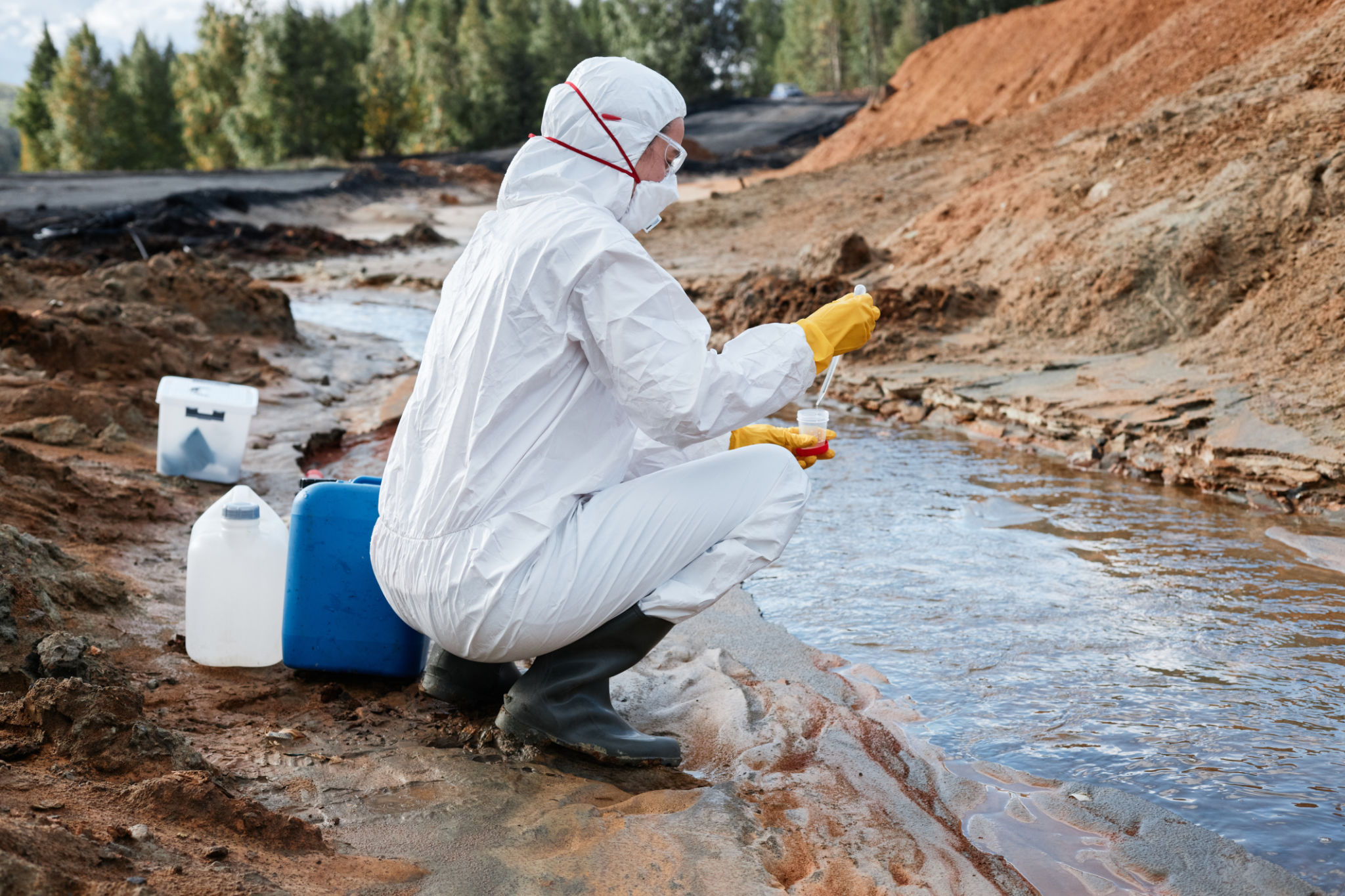DIY Lawn Maintenance: Expert Tips for a Healthy Yard in Ohio
Maintaining a healthy lawn in Ohio can be a rewarding endeavor. With the right techniques and a bit of dedication, you can transform your yard into a lush, green oasis. Here are some expert tips to help you achieve a healthy lawn year-round.
Understanding Ohio's Climate
Ohio's climate is categorized as humid continental, which means it experiences all four seasons distinctly. This variation impacts how you should care for your lawn. Understanding these seasonal changes is crucial for effective lawn maintenance.
During the spring and fall, the weather is cooler and wetter, making it an ideal time for seeding and fertilizing. Summers can be hot and dry, requiring more diligent watering, while winters often bring snow and freezing temperatures.

Soil Preparation and Testing
Before diving into lawn maintenance, it's essential to understand the condition of your soil. Testing your soil can reveal its pH level and nutrient content, helping you tailor your approach to its specific needs. You can purchase a soil test kit from a local gardening store or reach out to your local cooperative extension service for assistance.
Once you have your results, you can amend the soil accordingly. Most lawns in Ohio benefit from a slightly acidic to neutral pH, around 6.0 to 7.0. Lime can be added to raise pH, while sulfur can lower it.

Mowing Techniques
Proper mowing is a key component of lawn care. It's important to mow your grass at the right height to promote healthy growth. For most Ohio lawns, keeping the grass between 2.5 to 3.5 inches tall is ideal. This height helps shade the soil, reduce weed growth, and maintain moisture.
Remember to keep your mower blades sharp and avoid cutting more than one-third of the grass height at a time. This minimizes stress on the grass and fosters a healthier lawn.

Watering Wisely
Watering your lawn correctly is crucial for maintaining its health, especially during the hot, dry Ohio summers. It's best to water deeply and infrequently, encouraging the roots to grow deeper into the soil. Aim to provide about one inch of water per week, including rainfall.
Watering early in the morning is preferable, as this reduces evaporation and allows the grass to dry before nightfall, minimizing the risk of disease.
Fertilizing for Success
Fertilizing your lawn provides essential nutrients that promote growth and resilience. The best time to fertilize in Ohio is during the fall when the grass can absorb nutrients and strengthen its roots. A slow-release fertilizer with a balanced ratio of nitrogen, phosphorus, and potassium is typically recommended.
Be cautious not to over-fertilize, as this can harm your lawn and the environment. Follow the instructions on the fertilizer package for the best results.

Weed and Pest Control
Weeds and pests can quickly become a nuisance if not managed properly. Regularly inspect your lawn for signs of weeds and remove them promptly. Pre-emergent herbicides can help prevent weed seeds from germinating, especially in early spring.
For pests, consider using natural or organic solutions to minimize environmental impact. Introducing beneficial insects or using neem oil can be effective ways to control pests without resorting to harsh chemicals.
By following these expert tips and adjusting your approach based on the specific needs of your lawn, you can enjoy a vibrant, healthy yard in Ohio. Consistent care and attention will yield beautiful results that you can take pride in throughout the year.